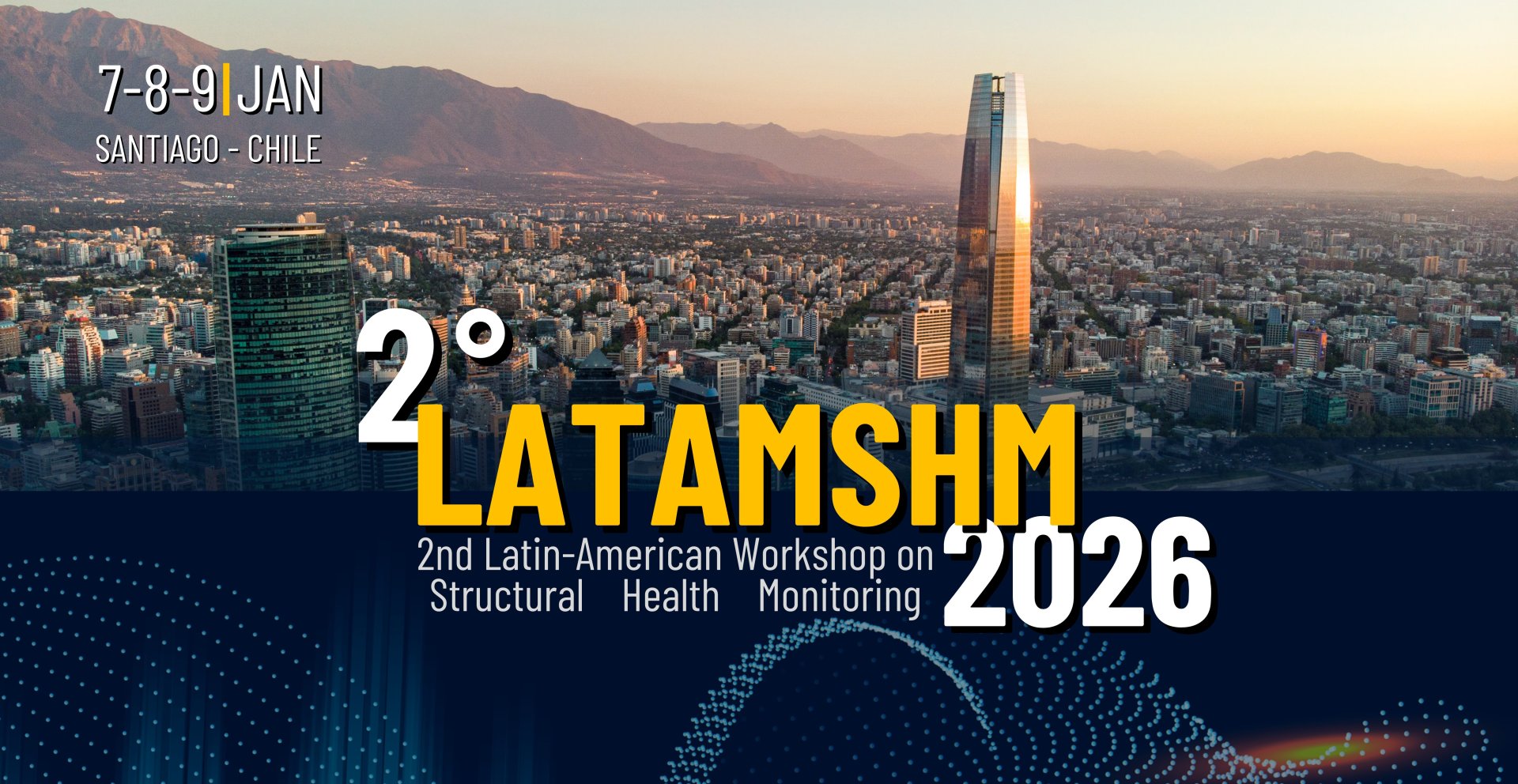
Keynote Speakers
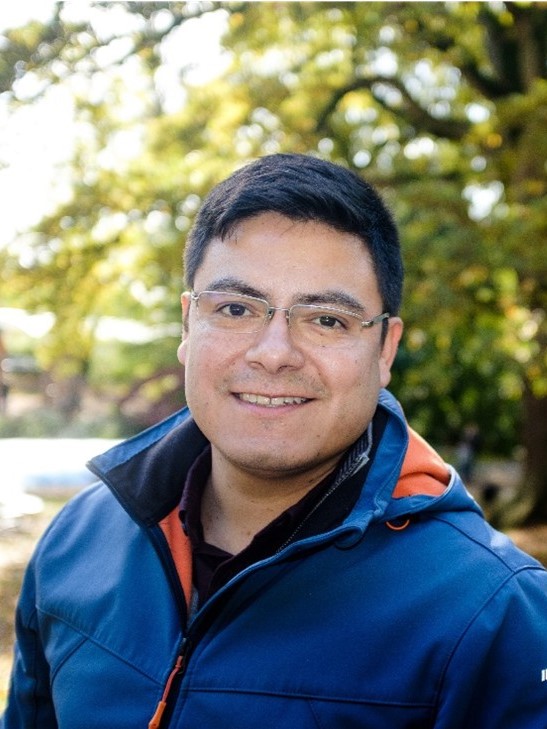
Luis David Avendaño-Valencia - Syddansk Universitet, Denmark
Keynote: Non-stationarity in structural dynamics, challenges and implications for modelling and structural health monitoring
Luis David Avendaño-Valencia is an Associate Professor in Structural Dynamics and Monitoring at the Institute of Mechanical Engineering within the University of Southern Denmark. His research focuses on the integration of data-driven methods with physical insights for dynamic system modelling, and their application on condition assessment, damage diagnosis and remaining useful life estimation. Luis David’s research efforts have led to novel experimental and operational vibration analysis strategies providing explicit quantification of time-variant dynamics and environmental/operational effects. To achieve this, he leverages available monitoring data (vibration/operational) and physical insights, through integration of the multidisciplinary areas of dynamics, signal processing, statistics, and machine learning..
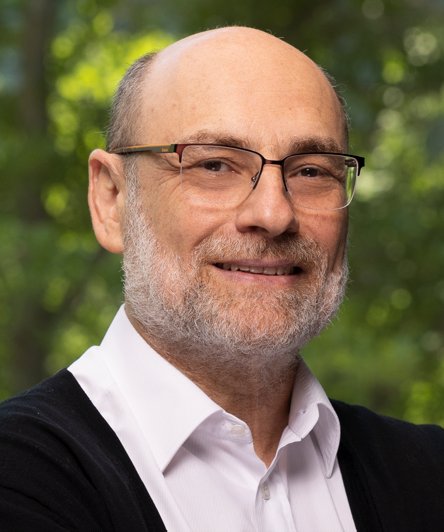
Rubén Boroschek - University of Chile, Chile
Keynote: Real-World Experience and Limitations of SHM in Civil Engineering Applications
Dr. Rubén Boroschek holds an engineering degree from the University of Costa Rica and a Ph.D. from the University of California, Berkeley, USA. As a Full Professor at the University of Chile, he has authored over 300 publications in renowned journals and conference proceedings. He is the CEO of RBA-Global, leading projects across multiple countries, including Chile, Peru, Argentina, Germany, Pakistan, and Indonesia. His expertise spans seismic hazard analysis, experimental dynamics and structural health monitoring, vulnerability assessment of critical infrastructure, seismic isolation and passive energy dissipation systems, and the evaluation and design of safety measures for industrial equipment. In recognition of his contributions, Dr. Boroschek was named Engineer of the Year in 2017 by the Chilean Association of Structural Engineers and received the Best Industrial Project of the Year award in 2019 from the same association.

Francesca Brighenti - Nplus, Italy
Keynote: Smart Monitoring at National Scale: IoT Networks for the Structural Health of infraestructure
Francesca Brighenti is the International Sales Director at Nplus s.r.l., Italy. Her work bridges academic research and applied innovation in the field of Structural Health Monitoring (SHM), with a focus on risk-based asset management, decision support systems, and IoT-based monitoring technologies. She has led and contributed to large-scale SHM projects in collaboration with major Italian infrastructure operators such as Autostrade per l’Italia and Rete Ferroviaria Italiana. Dr. Brighenti has participated as keynote and invited speaker in international conferences across Europe, Asia, and Latin America, and has authored multiple peer-reviewed publications addressing bridge safety, structural reliability, and digital transformation in infrastructure management. Her work contributes to the development and implementation of national SHM strategies, integrating engineering practice with digital innovation for resilient infrastructure systems.

Matthew DeJong - University of California, Berkeley, United States
Keynote: Distributed dynamic sensing of civil infrastructure
Dr Matthew DeJong is the Ray & Shirley Clough Presidential Chair in Structural Engineering at the University of California, Berkeley. He is currently PI and Co-Director of the NSF-funded NHERI SimCenter (https://simcenter.designsafe-ci.org/), which creates software tools to simulate the effects of natural hazards on the built environment. He is also Co-Director of the UC Berkeley Center for Smart Infrastructure, which utilizes sensing to better understand the performance of local and regional-scale civil infrastructure. Previously, he served as a faculty member at Cambridge University (UK) for 9 years, where he served on the executive committee of the Cambridge Centre for Smart Infrastructure. He has worked on field measurement and structural health monitoring for over 10 years, and has authored more than 200 research publications on topics that include fiber optic sensing, structural health monitoring, earthquake engineering, settlement effects on structures, and regional simulation of structural damage.
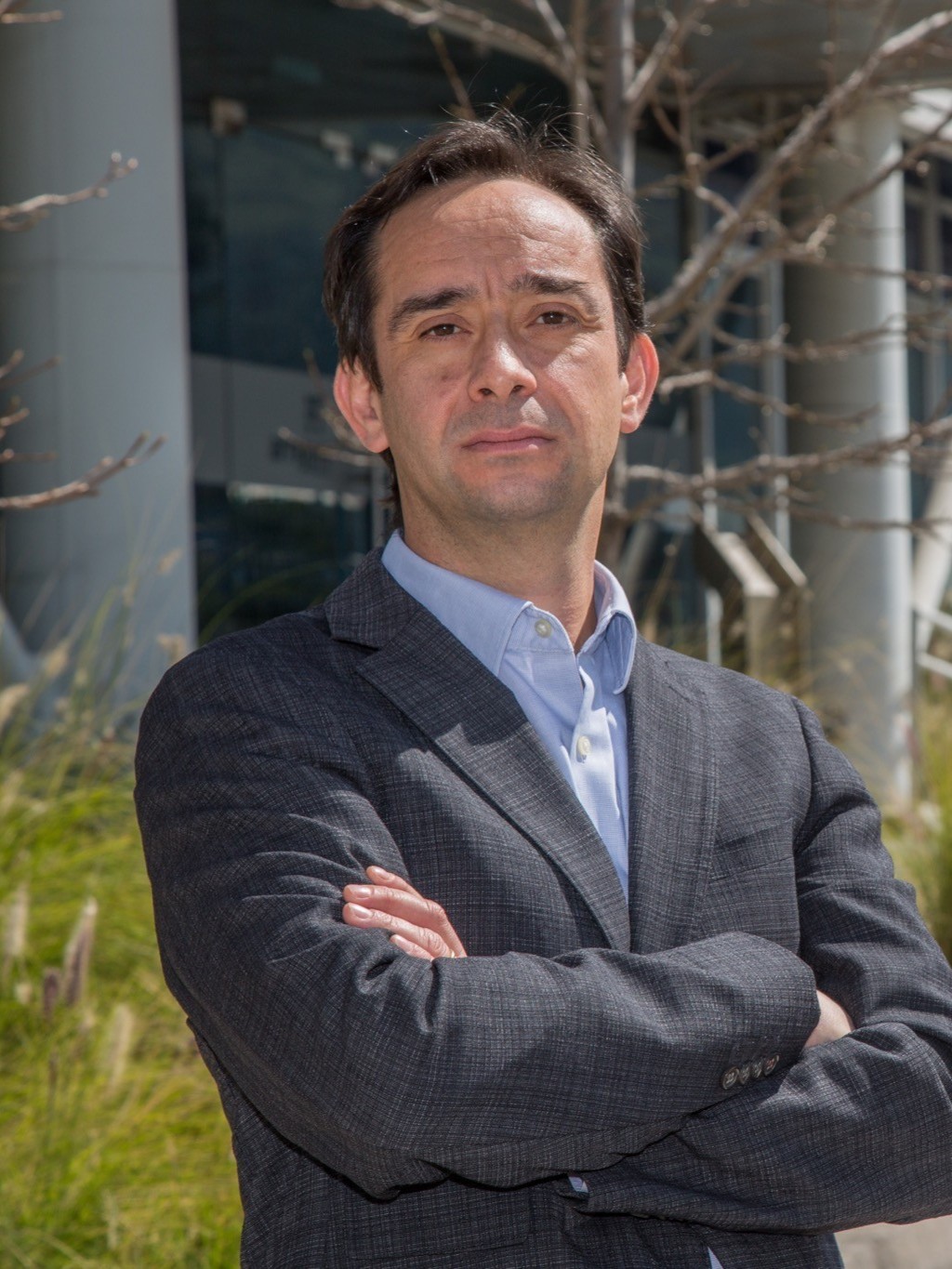
Claudio Freire - Tokbo, Chile
Keynote: Predictive maintenance: innovative monitoring systems for a new era in structural engineering
Claudio Freire is the Country Manager for Tokbo in Chile, bringing more than 20 years of experience in the steel fabrication and industrial infrastructure sectors. A Civil Engineer from Universidad Técnica Federico Santa María and MBA graduate from Universidad Adolfo Ibáñez, he has led multidisciplinary teams in the development, implementation, and large-scale deployment of structural components and monitoring solutions across major industrial and construction projects. Since joining Tokbo in 2023, Claudio has played a key role in advancing the adoption of smart bolt technologies and predictive monitoring systems designed to improve the safety, reliability, and real-time diagnostics of critical infrastructure. His work focuses on bridging engineering design, field deployment, and digital transformation by integrating sensing hardware, cloud-based analytics, and AI-driven diagnostics to detect loosening, fatigue, and structural anomalies before they evolve into critical failures.
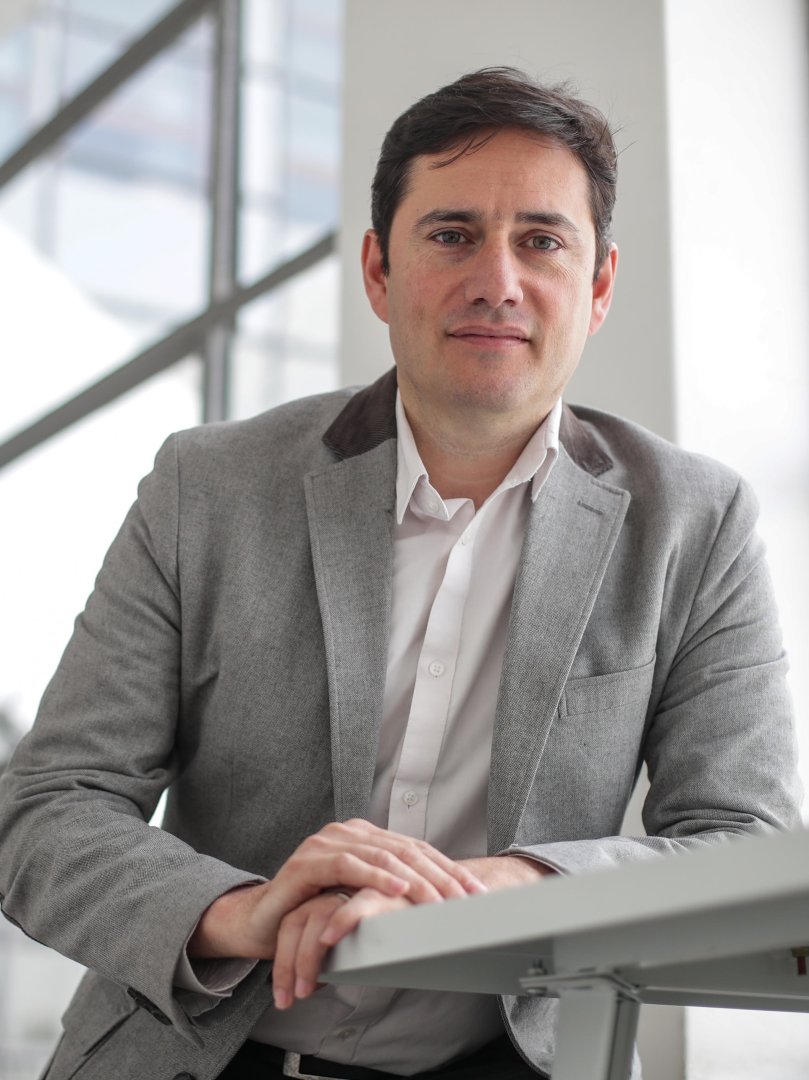
Leonardo Massone - IDIEM, Chile
Keynote: Image-Based Structural Health Monitoring: From Data to Diagnostics
Leonardo Massone is a Technical Manager at IDIEM and Full Professor at the University of Chile. He holds a bachelor’s degree from the University of Chile and a master’s and Ph.D. from the University of California, Los Angeles, USA. His research focuses on analytical and experimental studies of reinforced concrete systems, with an emphasis on seismic response and the integration of AI tools for structural design. With over 60 indexed publications in Web of Science, he has earned national recognition, such as awards from the Chilean Institute of Engineers (2014), and international acclaim, ranking consistently in the top 2% of global citations in his field (Stanford/Elsevier, 2021–2024). Prof. Massone served as Director of the Department of Civil Engineering (2014–2018) and is currently Technical Manager at Idiem. He actively contributes to industry standards, including voting membership in the ACI 318 committee (2019 edition) and serving as Technical Secretary for Chile’s reinforced concrete design code (NCh430). His work bridges academia and practice, advancing seismic resilience and innovative design methodologies.

Rok Mesar - Dewesoft, Slovenia
Keynote: From Sensors to Simulations: Advanced Structural Dynamics and Structural Health Monitoring of Bridges (from theory to case studies)
Rok Mesar holds a BSc in Economics and has over a decade of experience leading high-tech companies in the field of data acquisition and signal processing for demanding applications in aerospace, automotive, particle physics, and civil infrastructure. He is the co-founder of Red Pitaya and MonoDAQ (now Dewesoft Monitoring), and since 2018, has served as Global Business Developer for Dewesoft’s monitoring division. His work focuses on the deployment of advanced structural health monitoring (SHM) systems in offshore wind turbines, bridges, dams, tunnels, and heritage structures. With deep knowledge of data acquisition technologies and system integration, he bridges engineering needs with tailored SHM solutions for real-world challenges.
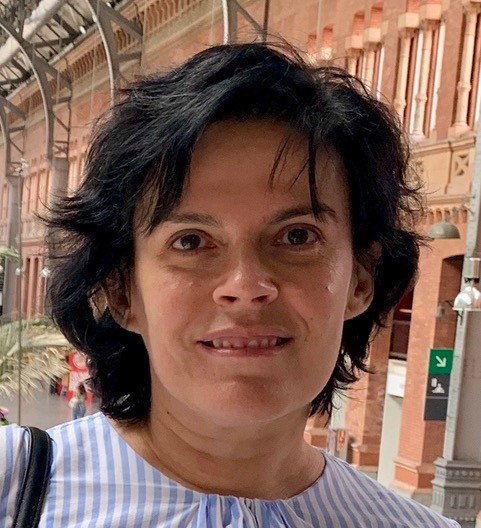
Julia Real Herráiz - Coreal, Chile / IDVIA, España
Keynote: Beyond Visual Inspection
Julia Real holds a degree in Civil Engineering (Ingeniería de Caminos, Canales y Puertos) and a PhD in Civil Engineering and Urban Planning from the Universitat Politècnica de València (UPV). Her career spans academia, research, and industry. She began her academic work at UPV in 2001, serving as Assistant Professor, Associate Lecturer, and Contracted Doctor, and was appointed Associate Professor in 2019. She has supervised more than 60 undergraduate final projects, 7 master’s theses, and 5 doctoral dissertations. She has authored 45 peer-reviewed journal articles and 58 conference papers, and has led 34 competitive research projects as principal investigator, in addition to collaborating on over 60 industry research contracts. With a strong focus on technology transfer, she founded IDVIA in Spain in 2009, dedicated to Structural Health Monitoring of bridges. In 2017, she founded COREAL in Chile, aimed at driving industrial digitalization through advanced technologies and Artificial Intelligence, and has implemented monitoring systems on 7 bridges in Chile. IDVIA has monitored more than 28 bridges in Spain and began its expansion into Germany in 2024.

Ivano Pinna - Solution Manager SHM, Almaviva
Keynote: Engineering and Modern IT: the New Paradigm of Structural Health Monitoring
Ivano Pinna graduated in mechanical engineering from Politecnico di Torino, has over twenty years of experience in the field of intelligent mobility and advanced infrastructure management. His professional activity focuses on high-tech topics, including Intelligent Transportation Systems (ITS), Road safety, Weigh-In-Motion systems, IoT solutions applied to infrastructures, and Structural Health Monitoring (SHM) technologies.
Throughout his career, after an initial period dedicated to research at Politecnico di Torino—during which he published numerous scientific contributions in the areas of ITS, Smart Roads, and Road Network Safety—he continued his professional path by collaborating with some of the main Italian motorway concessionaires. In this context, he contributed to the design, implementation, and management of advanced systems for infrastructure monitoring and safety. At AlmavivA, the Italian group and leader in the Information & Communication Technology (ICT) sector, he played a key role in developing the MOOVA SHM structural monitoring platform.
His expertise combines a solid engineering background with deep knowledge of digital systems for infrastructure management, with a particular focus on integrating data, IoT technologies, and analytical models to assess the structural behavior of civil works.
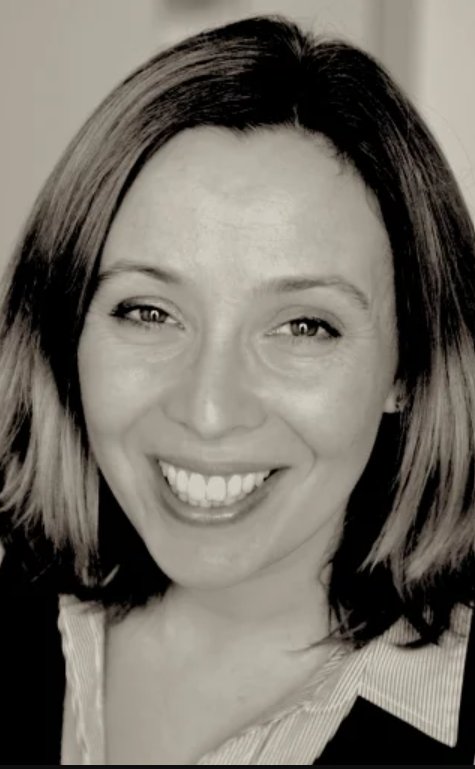
Su Taylor - Queen's University Belfast, Northern Ireland
Keynote: To be defined
Su Taylor is a Professor at Queen’s University Belfast, Ireland, where she has made significant contributions to the field of structural engineering, with a focus on structural health monitoring (SHM), condition assessment, and resilience of infrastructure systems. Her research explores advanced sensing technologies, data-driven decision-making, and probabilistic methods for infrastructure management. She has led numerous projects funded by industry and government agencies, addressing real-world challenges in civil and structural engineering. Prof. Taylor is actively involved in professional societies and has published extensively in peer-reviewed journals and conferences. Her work bridges the gap between theoretical research and practical applications, ensuring safer and more sustainable infrastructure.
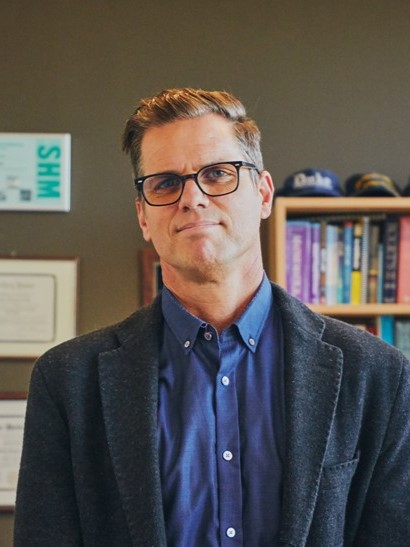
Michael Todd - University of California San Diego, United States
Keynote: Data-to-Decision in SHM: How Detection Theory Transforms SHM Data into Actionable Decisions
Michael Todd received his B.S.E. (1992), M.S. (1993), and Ph.D. (1996) from Duke University's Department of Mechanical Engineering and Materials Science. He began his career as a post-doctoral fellow (1996), then a staff research engineer (1998), and finally Section Head (2000) at the United States Naval Research Laboratory (NRL) in the Fiber Optic Smart Structures Section. In 2003, he joined the Structural Engineering Department at the University of California San Diego, where he currently serves as Distinguished Professor and Chair. His research interests are in applying nonlinear time series techniques to structural health monitoring (SHM) applications, adapting Bayesian inference frames for optimal decision-making in SHM, developing novel ultrasonic interrogation strategies for aerospace structural assessment, optimizing sensor networks for various SHM-rooted performance measures, and he has published over 500 journal papers and proceedings in these areas. Prof. Todd was awarded the 2005 Structural Health Monitoring Person-of-the-Year Award, the 2016 SEM DeMichele award, the 2021 SHM Lifetime Achievement Award, the 2023 Roy Sharpe Prize for Outstanding Contribution to NDT, and the 2023 SPIE Lifetime Achievement Award in NDE. He is the Managing Editor of Structural Health Monitoring: An International Journal.
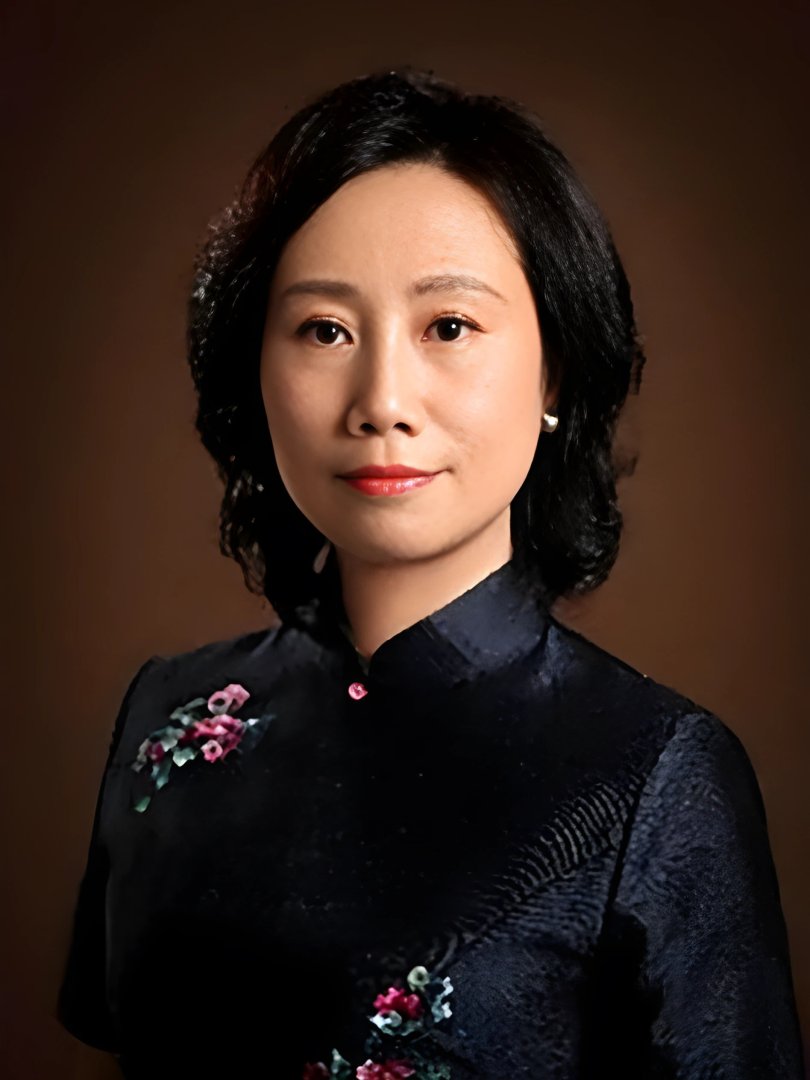
Shenfang Yuan - Nanjing University of Aeronautics and Astronautics, China
Keynote: Whole service time SHM damage quantification and prognosis
Dr. Shenfang Yuan is a Changjiang Chair Professor at Nanjing University of Aeronautics and Astronautics (NUAA),China where she serves as Director of the Research Center for Structural Health Monitoring and Prognosis. She received her B.S. (1990), M.S. (1993), and Ph.D. (1996) degrees from NUAA and has been affiliated with the State Key Laboratory of Mechanics and Control of Mechanical Structures and the Aeronautic Key Laboratory for Smart Materials and Structures since 1990. Her research spans smart materials and structures, structural health monitoring (SHM), structural prognosis and management, wireless sensor networks, and signal/information processing. Dr. Yuan has authored 3 books, published over 500 journal papers, and holds more than 70 invention patents. Her contributions have earned her the SHM Person of the Year Award (2017) and the EWSHM Best Paper Award (2016). Her work bridges cutting-edge theoretical advancements with industrial applications, particularly in aerospace and critical infrastructure.
